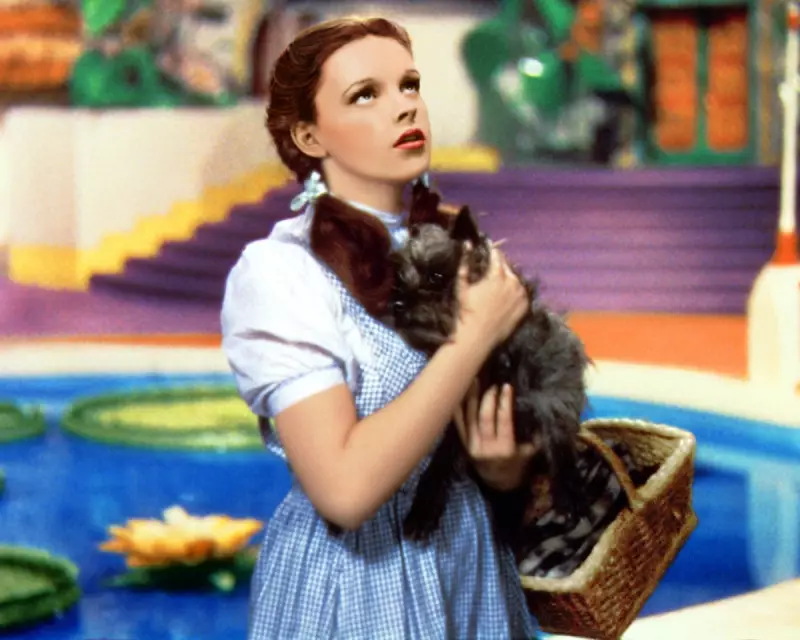
The Timeless Appeal of an 85-Year-Old Classic
In an era where streaming services often neglect films released before the 1990s, one cinematic masterpiece continues to defy the odds and capture hearts worldwide. The Wizard of Oz, celebrating its 85th anniversary this year, remains astonishingly relevant in contemporary pop culture. This 1939 fantasy film has proven more enduring than many modern blockbusters, with its legacy expanding through new adaptations and innovative presentations.
Modern Reinventions and Record-Breaking Success
The latest chapter in Oz's ongoing story involves spectacular technological innovation. At Las Vegas's Sphere venue, the classic film has been transformed into an immersive experience that's breaking box office records. The adaptation features a shortened 75-minute runtime while using AI technology to expand the frame for the venue's massive digital screen. Despite some controversy around these changes, the attraction has become a phenomenal success, reportedly generating approximately $2 million daily. These earnings could potentially rival the box office performance of major 2025 releases if sustained.
Meanwhile, the cinematic adaptation of the Broadway musical Wicked: For Good, starring Cynthia Erivo and Ariana Grande, continues the Oz narrative from the Wicked Witch of the West's perspective. The film explicitly connects to events from the original 1939 movie, creating a bridge between classic and contemporary interpretations. Its commercial success has already sparked discussions about extending this version of Oz into a third installment.
The Origins and Expanding Universe
The roots of this enduring franchise trace back to L. Frank Baum's 1900 novel The Wonderful Wizard of Oz, which spawned thirteen sequels. However, it's the 1939 Victor Fleming-directed film starring Judy Garland that has truly cemented itself in cultural consciousness. The movie's transition from sepia-toned Kansas to vibrant Technicolor Oz remains one of cinema's most iconic moments.
Several new projects are expanding the Oz universe further:
- A national tour of The Wiz musical following its Broadway revival
- A modern YA television series called Dorothy in development at Amazon
- Potential horror adaptations now that characters are in public domain
- Continued high-value auctions of original memorabilia, including the Wicked Witch's hat
Why Oz Continues to Resonate
The secret to The Wizard of Oz's lasting power lies in its emotional complexity and allegorical richness. The story balances Dorothy's journey from repressive Kansas to a magical world with her ultimate desire to return home. This duality allows different audiences to find validation in the narrative – whether they identify with the need for escape or the comfort of familiarity.
Later adaptations have deepened these themes. Wicked explores issues of prejudice and marginalization through Elphaba's ostracization, while The Wiz reimagines the story with an all-Black cast, highlighting its resonance with underrepresented communities. Even the controversial 1985 film Return to Oz touched on darker themes, including scenes evoking conversion therapy.
What sets the Oz franchise apart from other fantasy worlds is its unique positioning between reality and imagination. Unlike many contemporary fantasy franchises that demand complete immersion, Oz maintains a delicate balance that allows audiences to hover between the fantastic and the familiar. This nuanced approach, combined with strong female characters and timeless themes, ensures that the yellow brick road continues to beckon new generations of audiences.





